Disclosure: This article contains affiliate links. We may earn a commission from purchases at no extra cost to you, which helps our travel content.
The first time I stepped into Karakol's bustling bazaar, my filmmaker's eye immediately began framing shots—the dappled light filtering through canvas awnings, weathered hands of artisans arranging their wares with practiced precision, and the kaleidoscopic array of textiles that seemed to tell stories of their own. After decades of capturing remote cultures through my camera lens, I've developed a sixth sense for authentic market experiences, and Karakol's bazaars offer some of Central Asia's most genuine shopping adventures for families seeking more than mere souvenirs.
The Sunday Animal Market: A Cultural Time Capsule
Dawn at Karakol's Sunday Animal Market feels like stepping onto the set of an epic historical drama. I arrived just as the golden hour light was breaking over the mountains, casting long shadows across a scene that has remained largely unchanged for centuries. Unlike the sanitized tourist markets found elsewhere, this is the real deal—a working livestock bazaar where local shepherds and farmers trade cattle, horses, sheep, and goats with the same practiced negotiations their ancestors used.
As a filmmaker who's documented indigenous practices across six continents, I can attest that this market offers families an unfiltered glimpse into authentic Kyrgyz rural life. Children will be wide-eyed at the spectacle of handlers showing off prized horses and the animated bargaining that follows. The market operates on a practical schedule—arrive early (before 9am) as most serious trading concludes by mid-morning.
While primarily a livestock market, you'll find vendors selling traditional riding equipment including hand-tooled leather saddles and the ornate Kyrgyz horse tack with distinctive metal embellishments that make stunning wall decorations back home.
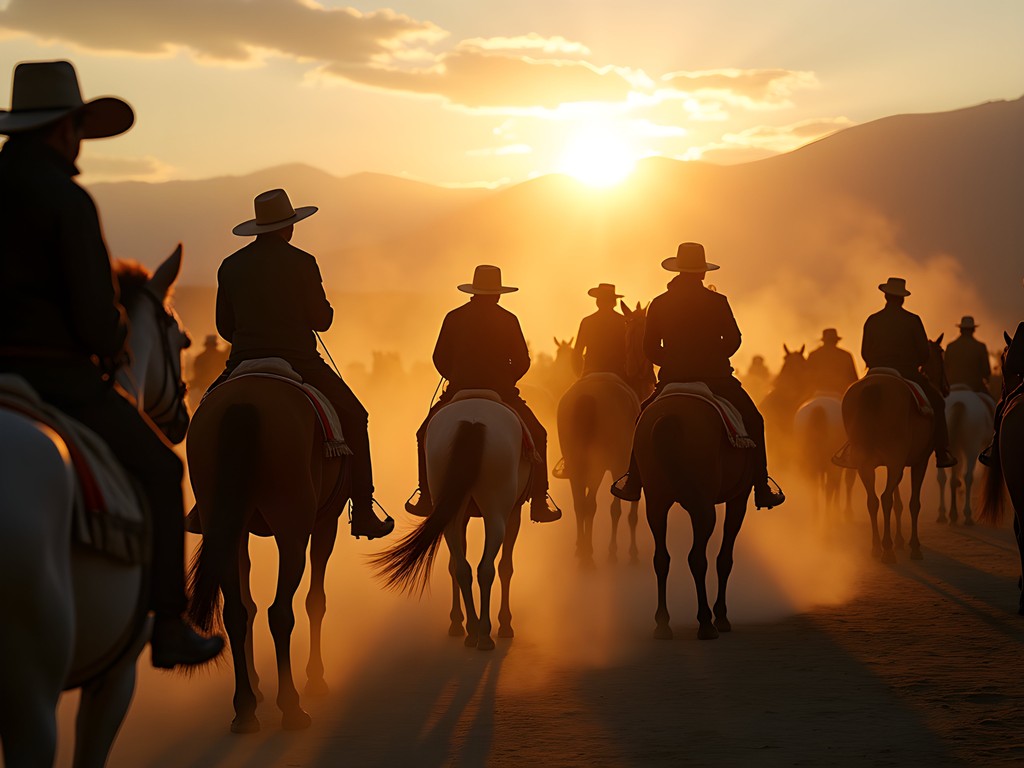
💡 Pro Tips
- Wear closed-toe shoes that you don't mind getting dirty—this is a working animal market
- Bring small Kyrgyz som notes for any purchases as vendors rarely have change
- Ask permission before photographing people with their animals—a simple gesture and smile usually suffices
Karakol Bazaar: A Sensory Symphony for Families
The main Karakol Bazaar unfolds like a perfectly paced sequence of sensory revelations. Located just off Lenina Street, this sprawling market serves as both tourist attraction and vital community hub. What makes this bazaar particularly appealing for families is its manageable size—large enough to offer variety but contained enough that children won't tire too quickly.
The textile section showcases the region's fiber arts heritage with handwoven shyrdak felt carpets in geometric patterns that would make any production designer envious. These traditional rugs tell stories through their patterns, with mountain motifs and protective symbols embedded in their designs. While the larger pieces can be investment purchases, smaller felt items make perfect souvenirs.
The food hall merits its own extended scene. Here, my collapsible silicone food containers proved invaluable for sampling the array of dried fruits, nuts, and kurut (traditional dried yogurt balls) that vendors happily offer as tastes. Children particularly enjoy the honey section, where local beekeepers sell varieties infused with mountain herbs and wildflowers.
For families, I recommend bringing a foldable market tote that packs small but expands to hold your treasures. The market is most vibrant on Wednesday and Saturday mornings, though it operates daily.

💡 Pro Tips
- The northeast corner of the bazaar houses the best selection of traditional felt products
- Prices are rarely fixed—friendly negotiation is expected, but keep it respectful and good-natured
- Bring wet wipes for sticky fingers after sampling dried fruits and honey
Dungan Bazaar: Culinary Treasures & Spice Market
If I were directing a documentary on Karakol's cultural diversity, the Dungan Bazaar would be my establishing shot for the food chapter. This smaller market specializes in the cuisine of the Dungan people—Chinese Muslims who settled in the region in the late 19th century after fleeing persecution. The result is a fascinating culinary crossroads where Central Asian and Chinese flavors merge.
For families with young culinarians, this market offers an educational treasure hunt. Challenge children to identify unusual vegetables and spices while learning about this unique cultural heritage. The prepared food section features laghman (hand-pulled noodles) being stretched with theatrical flair—a performance worthy of slow-motion capture.
My most cherished purchase was a hand-carved wooden spoon set from an elderly Dungan craftsman who explained how the wood was seasoned for two years before carving. These functional art pieces have accompanied me to film locations worldwide.
The market's spice section deserves special mention for families interested in bringing home culinary souvenirs. I recommend investing in a set of spice containers before your trip—these allow you to safely transport small quantities of the aromatic treasures you'll discover. The local variety of peppercorns and the regional star anise are particularly distinctive.
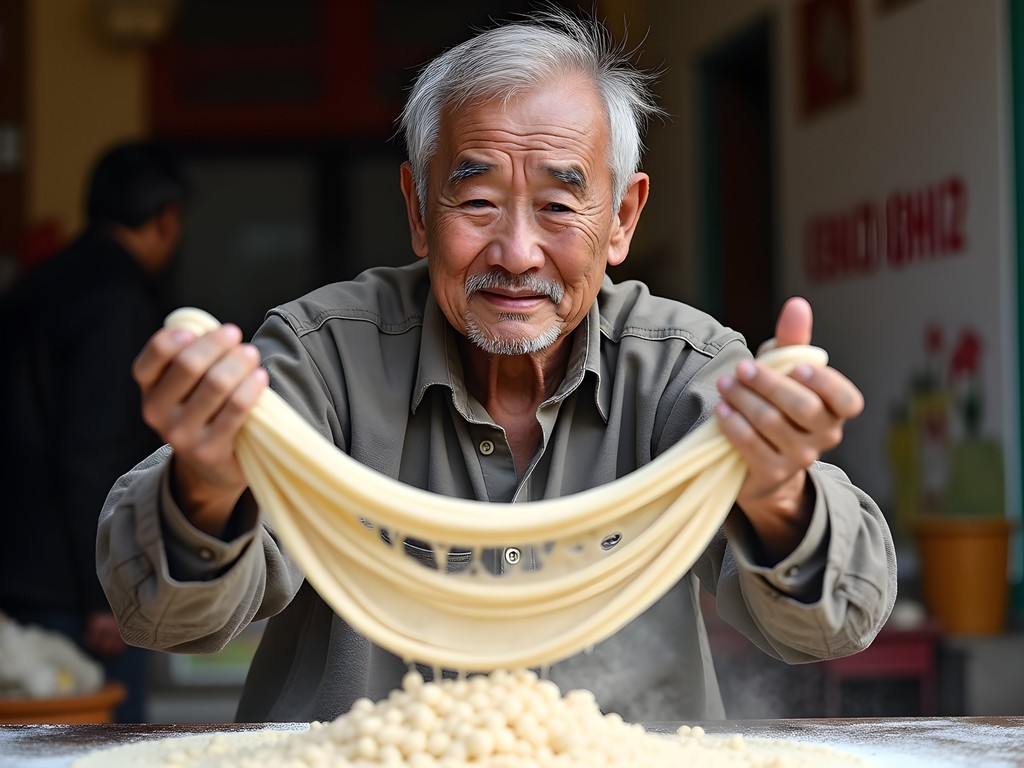
💡 Pro Tips
- Visit around 11am to see noodle-pulling demonstrations at several stalls
- Look for the Dungan women in distinctive headscarves who often sell the most authentic regional spice blends
- Ask vendors about cooking techniques—most are delighted to share traditional recipes even through simple gestures
Artisan Workshops: Beyond the Bazaar
While Karakol's markets offer wonderful shopping opportunities, some of the region's finest crafts are found in small workshops scattered throughout the city. During my location scouting for a documentary on traditional crafts, I discovered several family-run studios that welcome visitors—perfect for families seeking deeper cultural connections and hands-on experiences.
The felt-making workshop near the eastern edge of town (easily found by asking locals for "Aidai's felt studio") offers demonstrations where children can try their hand at the wet felting process. What makes this experience special is that it's not staged for tourists but rather a working studio where generations of knowledge are being preserved.
For families interested in woodcraft, the workshop of Ruslan (near the Regional Museum) showcases traditional Kyrgyz wooden instruments and offers impromptu musical demonstrations. His hand-carved komuz (three-stringed instruments) represent some of the finest craftsmanship I've encountered in Central Asia.
During summer months, I recommend arranging a visit to a yurt-making family outside town. Watching the assembly of these nomadic dwellings provides children with an unforgettable lesson in indigenous engineering. For these excursions, a reliable insulated water bottle is essential as workshops rarely have facilities for visitors.
To document these artisanal encounters, I rely on my pocket audio recorder to capture the ambient sounds and explanations—these audio souvenirs often become my most treasured mementos.
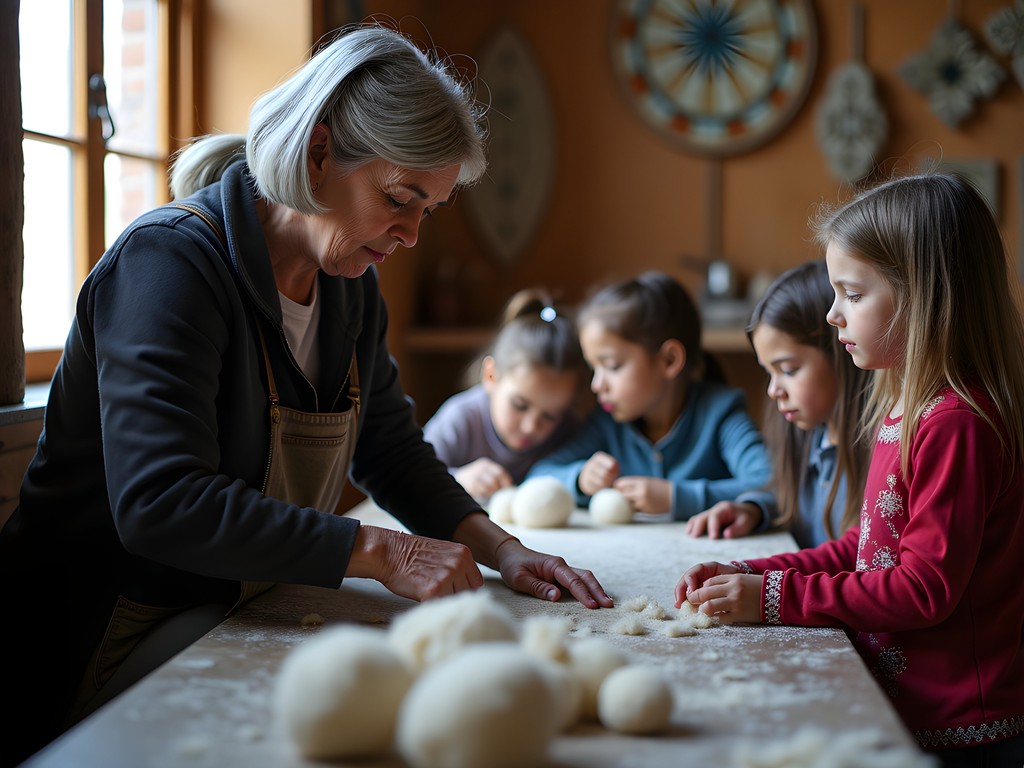
💡 Pro Tips
- Bring small gifts for artisans if you plan to photograph their work—art supplies or quality chocolates are always appreciated
- Schedule workshop visits for afternoons when bazaar shopping is complete
- Most workshops accept credit cards but prefer cash—bring both payment options
Navigating Markets with Children: A Director's Guide
Approaching Karakol's markets with children requires the same careful planning I apply to documentary production schedules. After bringing numerous friends and their families to these markets over the years, I've developed a shooting script of sorts for family market adventures.
Start with a narrative framework—I tell children we're treasure hunters seeking specific items (perhaps ingredients for dinner or a particular craft). This transforms potentially overwhelming market experiences into focused quests. For younger explorers, a kids adventure camera provides both entertainment and encourages them to observe details adults might miss.
Timing is everything in filmmaking and market visits alike. The golden hours for Karakol's markets are 8-10am for the freshest selection and 3-5pm when vendors often offer better prices to clear inventory. The midday heat and crowds can quickly deplete young travelers' patience.
Create natural breaks in your market sequence. The small teahouse at the western edge of the main bazaar offers a perfect intermission with traditional Kyrgyz drinks and snacks. Their honey-sweetened kompot (fruit drink) provides refreshment while supporting local producers.
For families with toddlers, I recommend a lightweight travel carrier rather than strollers, as market pathways can be uneven and crowded. Older children thrive when given specific responsibilities—perhaps photographing different types of bread or finding items of certain colors.
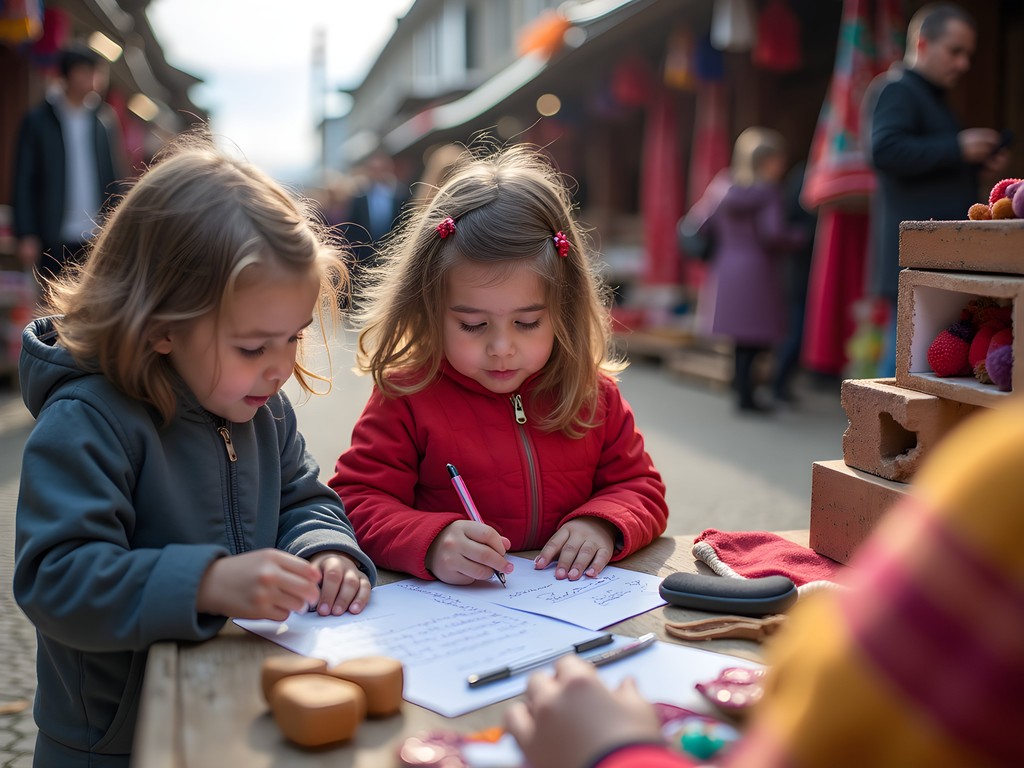
💡 Pro Tips
- Create a scavenger hunt list for children with achievable market finds like 'something red' or 'something made of wood'
- Establish a meeting point in case of separation—the central bread section works well as it's centrally located and visually distinctive
- Set a souvenir budget for children beforehand to avoid negotiation fatigue
Final Thoughts
As I pack my market treasures—a hand-carved wooden spoon, a small shyrdak with mountain motifs that will hang in my Hamburg editing studio, and packets of aromatic spices that will transport me back to Karakol with a single whiff—I'm reminded that the most valuable souvenirs are the connections formed during these market encounters. The weathered hands of the felt artisan guiding a child's fingers through wet wool, the proud smile of a spice vendor as you appreciate her blend, the shared laughter during good-natured price negotiations—these are the moments that remain in frame long after the physical items have faded or been consumed.
Karakol's markets offer families something increasingly rare in our globalized world: an authentic trading experience that hasn't been choreographed for tourist consumption. Like any good documentary subject, these bazaars reveal their truths gradually to those patient enough to observe, engage, and participate. Whether you're seeking tangible treasures or the intangible magic of cultural exchange, Karakol's markets deliver a masterclass in both. Come with curiosity, leave with connections—and perhaps a carefully wrapped shyrdak or two.
✨ Key Takeaways
- Visit the Sunday Animal Market early for an authentic glimpse into rural Kyrgyz trading traditions
- Engage with artisans beyond the main bazaars to discover workshop demonstrations perfect for families
- Transform market visits into interactive adventures for children through scavenger hunts and specific quests
📋 Practical Information
Best Time to Visit
June through August
Budget Estimate
$30-50 per person for market purchases and experiences
Recommended Duration
2-3 days
Difficulty Level
Moderate
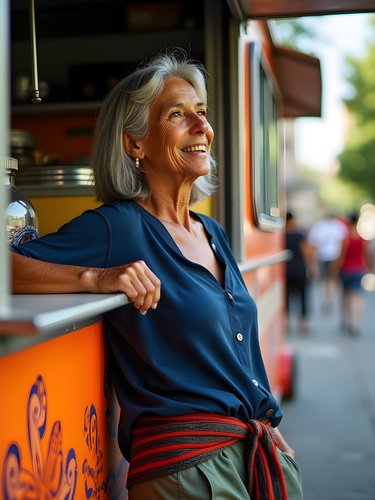
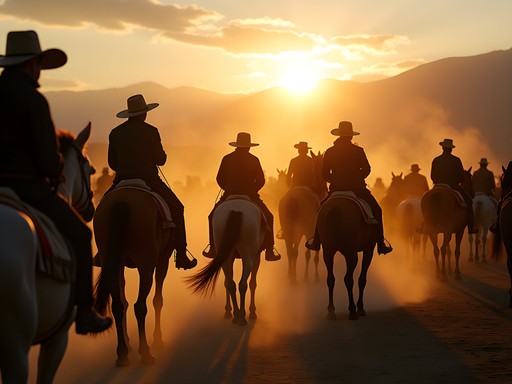


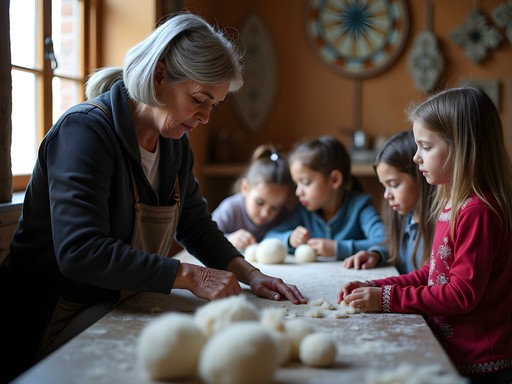
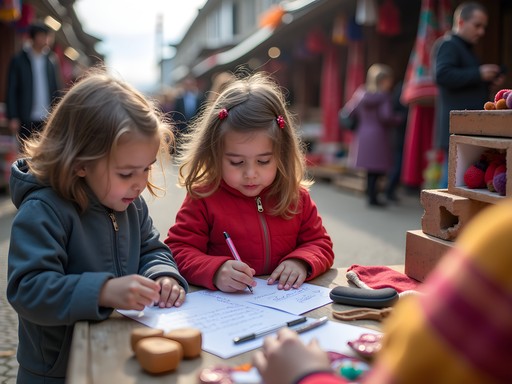


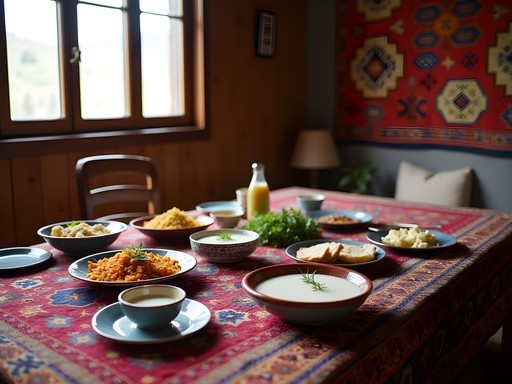
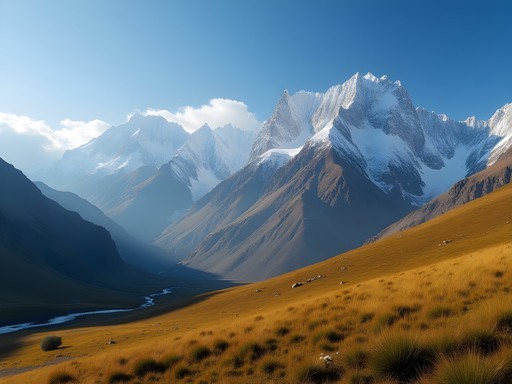
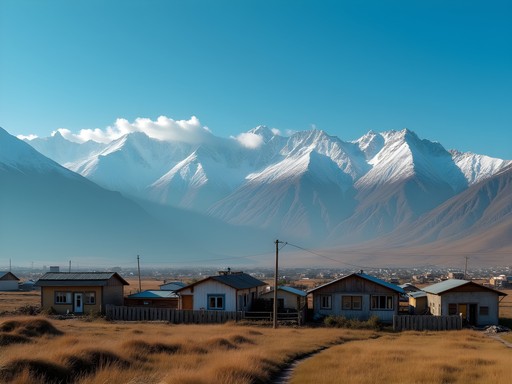



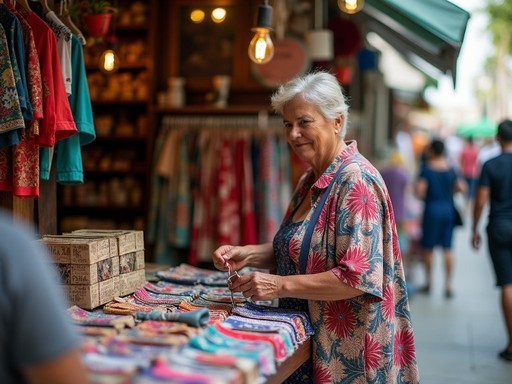
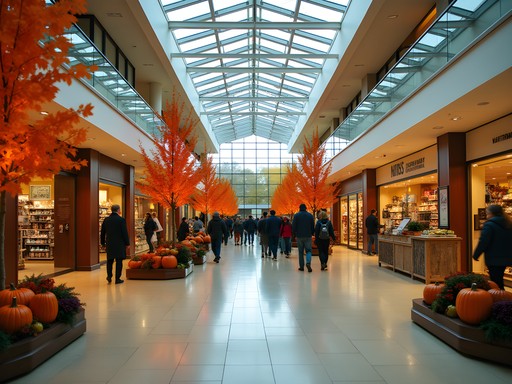
Comments
Fatima Sims
Nicole, this brought back so many memories! I spent three weeks in Karakol last summer and became slightly obsessed with those shyrdak felt rugs. I eventually bought a medium-sized one with eagle motifs that now hangs in my living room. For anyone going: bargaining is expected but respectful bargaining is key. Start at about 60-70% of asking price and work from there. Also, if you're interested in the handicraft workshops, ask at your accommodation about demonstration classes. I took a half-day felt-making workshop with a local artisan family and it was one of the highlights of my trip. They served homemade jams and bread while teaching us traditional patterns. Worth every som!
roamfan2972
That felt workshop sounds amazing! Do you remember the name or how to book it?
Fatima Sims
It was arranged through Destination Karakol tourist office on Gagarin Street. The family's name was Asanakunova if I remember correctly. They don't have a website but the tourist office can set it up for about 1000 som per person (~$12).
moonnomad
Those spice photos are making me hungry! Can't wait to visit the Dungan Bazaar next month!
Stephanie Romano
Don't miss the dried fruit section! The apricots were AMAZING. My kids still talk about them.
smartstar
The shyrdak rugs look beautiful in your photos! Are they expensive? And are they easy to pack for travel?
Nicole Henderson
Thanks for asking! The small decorative shyrdaks (around 1-2 feet) range from $20-50 depending on complexity. The full-sized ones can be $200+ but are true heirlooms. They fold up surprisingly well for travel - I wrapped mine in clothing in my suitcase. Just be sure to air it out when you get home as the wool can have a distinct smell!
smartstar
Perfect! Adding this to my must-buy list. Thanks!
Stephanie Romano
Nicole, your post brought back so many memories! We visited Karakol with our kids (8 and 10) last summer and the bazaars were the unexpected highlight of our trip. The children were absolutely mesmerized by the animal market - though we had to explain a LOT about where meat comes from afterward! 😅 The Dungan Bazaar was our favorite for family exploration - my daughter still talks about the spice mountains and how the vendor let her smell each one. One tip for families: bring small US$1 bills for the craft sections if you're buying multiple small items. We found bargaining much easier with small denominations, and the vendors appreciated not having to make change. Also, the felt toy workshop near the east entrance was perfect for kids - they got to make tiny felt animals to take home!
vacationphotographer
Great post Nicole! As a fellow photographer, I found the Sunday Animal Market particularly fascinating. The lighting conditions are tricky but rewarding - I got there around 7am when the traders were just setting up and the morning light was perfect. Did you find the locals receptive to having their photos taken? I usually offered to show them the shots on my camera screen which helped break the ice. The wooden crafts section you mentioned was a highlight for me too - ended up buying way more than I planned!
moonnomad
Did you ask permission before taking photos? I'm heading there next month and worried about cultural sensitivities with my camera.
vacationphotographer
Yes, definitely ask first! A smile and gesture with your camera usually works. I found carrying a small instant camera to give out photos to people created amazing goodwill. The animal market sellers were more cautious than the craft vendors, but respectful distance photography was generally fine.
summerdiver
OMG those photos are STUNNING!!! 😍 The colors in that market are just incredible! Adding Kyrgyzstan to my travel list RIGHT NOW!
roamguy
Those spice piles look incredible! Saving this for later.
roamfan2972
Great post! Anyone know what months the animal market is most active? Planning a trip for next year and don't want to miss it.
photostar
It runs year-round but I heard from locals that late spring to early fall (May-September) is when it's busiest. I went in July and it was packed!
Frank Garcia
Nicole's description of the Dungan Bazaar is spot on. The spice selection there is incredible - I'm still cooking with the cumin and Sichuan peppercorns I brought back. One thing worth adding: if you're there on a Friday, there's a small section where elderly Dungan women sell homemade laghman noodles. They're hand-pulled right in front of you and absolutely worth taking back to your guesthouse. Most guesthouses will let you use their kitchen if you ask nicely. The artisan workshops beyond the main bazaar are less touristy and offer better prices if you're willing to venture out a bit.
wanderlustnomad
Planning my first Central Asia trip for next summer. Is Karakol safe for solo female travelers?
Frank Garcia
I was there solo last year (though I'm male) and found it extremely safe. The locals were helpful and respectful, even with language barriers. Just use normal travel precautions and you'll be fine!
Fatima Sims
Absolutely safe! I traveled there solo and had no issues. The people are incredibly hospitable. Just dress modestly at markets out of respect. I'd recommend getting a phrasebook as English isn't widely spoken, but people appreciate even basic attempts at Russian or Kyrgyz.
Venture X
Premium card with 2X miles, $300 travel credit, Priority Pass